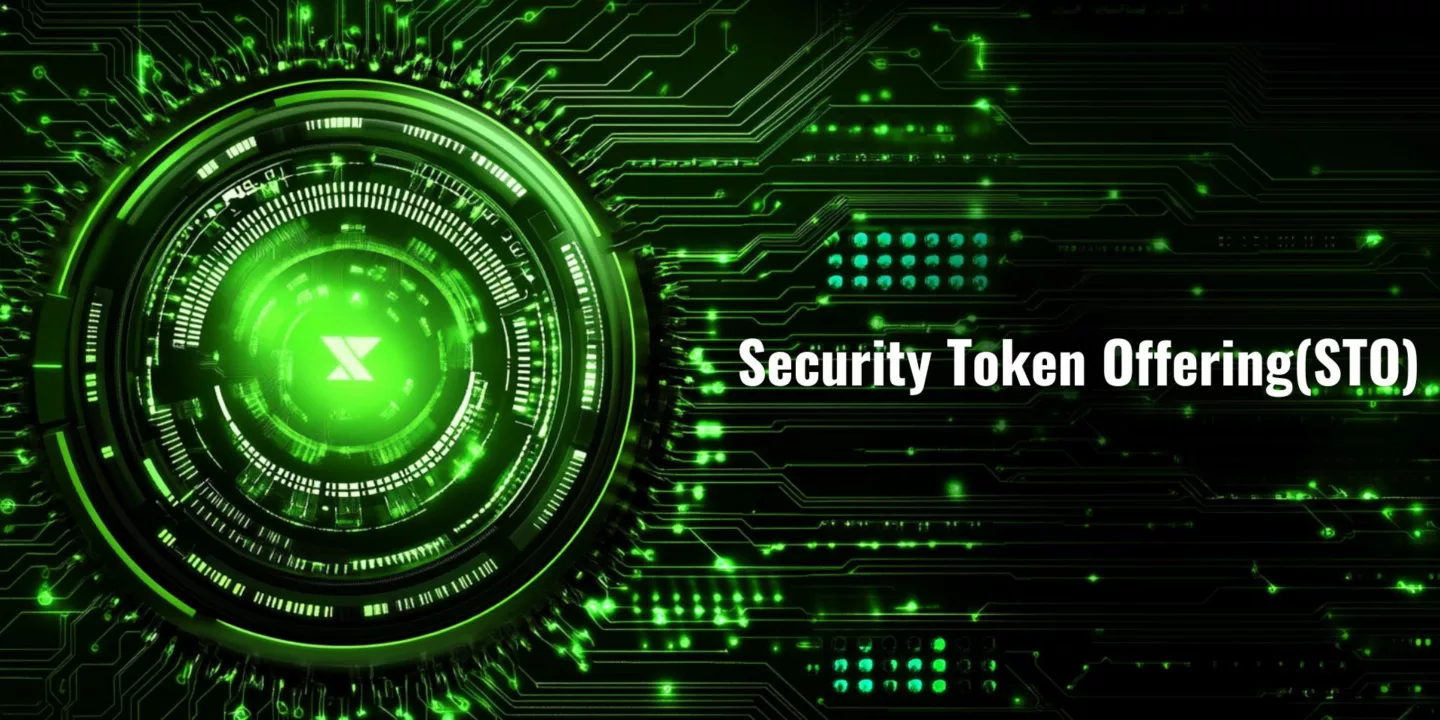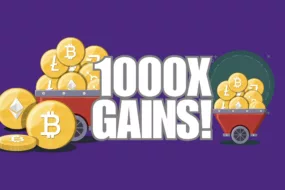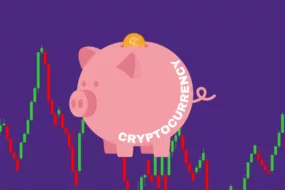
Security Token Offering(Explained)
A security token offering (STO) is an event where a company distributes blockchain-based tokens for tangible and non-tangible assets. These assets can range significantly from real estate and art to a company’s equity. STOs are very similar to Initial Coin offerings (ICOs). However, the coins distributed in STOs are considered security and are subjected to regulation by the financial authorities.
This means that STOs aim to provide the same protection as traditional securities like bonds and stocks. Unlike stocks, the information for STOs is recorded in the security token. The main difference is that STOs are saved in the blockchain and represented by a token.
What are the different types of Security Tokens?
Security tokens are generally of three types.
- Asset Backed Tokens.
- Equity Tokens.
- Debt Tokens.
1. Asset Backed Tokens
Asset-backed tokens represent real-world assets like commodities, real estate, and precious metals. The price of the token varies in real time based on the asset it represents. This type of security token allows investors to diversify their portfolio using multiple asset classes.
2. Equity Tokens
The equity tokens represent the shares of the publicly listed companies. Investors can buy these tokens to own a fraction of a billion or trillion-dollar-valued company. Unlike traditional stock exchanges, the ownership of this type of asset is recorded in the blockchains once the payment is confirmed. The issuance of equity tokens allows startups to raise funds to expand their business activities.
3. Debt Tokens
Debt tokens are a type of security token that represents the loans that investors provide to a company. The investor will receive an interest or dividend equivalent to the amount provided. In the case of debt tokens, the interest rate, the interest payout time, and other related terms and conditions are mutually agreed upon between the borrower and the lender.
What are the benefits of Security Tokens?
The security tokens have added benefits over various traditional securities. They are as follows.
1. Market Access
Investors can buy, sell, or trade their security tokens without bothering about the market timings that existed with traditional markets. For security tokens, investors can access the market around the clock. In short words, investors can buy or sell security tokens even at night and also on weekends and holidays.
2. Cross-Border Transactions
Security tokens bring all the global investors in one single place. The investors who owned assets belonging to their country can explore the investment opportunities around the world.
3. Fractional Ownership
Fractional ownership allows investors to own a part of valuable assets without paying a higher amount. For example, a tokenized painting might be divided into thousands of small tokens, making it affordable for retail investors. Fractional ownership is not only limited to paintings. It is applicable for other high-value assets, too. It includes real estate, precious metals, and even high-cost equities.
4. Faster Settlement
Stock settlements in any of the stock exchanges around the world require T+1 days to transfer the stock from the buyer to the seller. For real estate, these settlements can take many days or weeks based on different market conditions. But security tokens offer faster settlements regarding asset transfer.
5. Improved Liquidity
Tangible and expensive asset classes like real estate and paintings fall under the category of liquid assets. For this reason, finding a potential buyer during poor market conditions can be time-consuming and tedious.
However, security tokens representing tangible assets and paintings or fractionalization features improve liquidity. Due to this, the owners of traditionally liquid assets can now easily sell their tokens on marketplaces without seeking buyers.
6. Reduced Intermediaries and Expenses
Security tokens allow investors to own traditional assets without dealing with brokers, clearing houses, or custodians. For example, an investor won’t require the service of an agent to buy a digital token representing a property.
Eliminating middlemen plays a pivotal role in reducing expenses. With the security tokens, investors won’t have to pay any commission fee or service charges for other agencies.
How do the Security Token Offerings Work?
An STO launch includes various procedures. They are as follows.
1. Preparation
The initial phase of STOs including forming ideas and selecting the underlying assets. In the first stage, a core team and an advisor are appointed. Developing the whitepaper for the project starts by defining selected technologies and service providers. The target investor base is identified after calculating the capital needs.
2. STO Design
Here, a corporate financial advisor is hired to determine the type of security, its duration, structure, and token issuance-related valuations. A legal advisor deals with investor requirements and other regulatory aspects. The lockup period for the STOs is also determined based on the project’s requirements. The initial documentation, along with the term sheet, is also prepared.
3. Selection of Technology
The technical team selects a blockchain platform best suited for the project. A technology service provider is hired to create the digital security tokens. The service provider also provides features for the investors to complete their verification process and distribute the supporting crypto wallets.
4. Selecting Financial Service Providers
A trusted broker is selected to handle the sales of the securities. A custodian is also appointed to keep the assets safe. Transfer agents are hired to oversee the token issuance. This stage also includes selecting the payment providers to support the payment-related systems and raise the capital.
5. Raising Capital
The project’s offering documents are shared with potential investors for review. Marketing and online activities, including social media campaigns, are used to promote upcoming STOs. The interested initial investors sign the offering documents and wire money to the issuer. Finally, the investors get the tokens in their wallets.
6. Token Listing
Token listing is the process of adding tokens to a trading platform or an exchange. The token issuers have to complete the documentation with the respective exchanges. A market maker is also appointed to provide liquidity to the listed security tokens. It also facilitates a smooth trading interface for investors. The token issuers have to publish the reports regularly to update the investors regarding the firm’s development.
Risks of Participating in STOs
Like all other forms of participation, STO participation has risks associated with it. These risks include potential asset loss, regulatory changes, and the relative newness of the STO market. Therefore, potential STO participants should conduct thorough research and consider the risk factors before engaging in STOs.
Conclusion
Security tokens include digitalizing real-world assets with blockchain technologies. Therefore, individuals can own the asset and enjoy the benefits of transparency, reduced fees, and fractionalization. Additionally, STOs allow global investors to participate in asset classes without any geographical restrictions.
Mudrex is a cryptocurrency platform where you can deal with the tokens in the blockchain technology and gain a profound insight regarding the security ctoken offerings. Download the Mudrex app from Google Play Store now to gain more information.
FAQ
1. How does Security Token Offering Work?
STOs are events where the companies distribute blockchain based tokens that represent the ownership of the assets. The STOs are also subjected to regulation by the authorities. It gets the same protection as the traditional securities.
2. Why Invest in Security Tokens?
The security token investments opens up new opportunities and allow the investors to diversify their portfolios. Using the security tokens, the investors can access previously unavailable assets or those that have limited market access.
3. What are the disadvantages of security tokens?
Just lik the security tokens have benefits, they have drawbacks too. People believe that the security tokens have low access threshold. It means that only the accredited investors can purchase them. It makes STOs less flexible than other cryptocurrencies.





